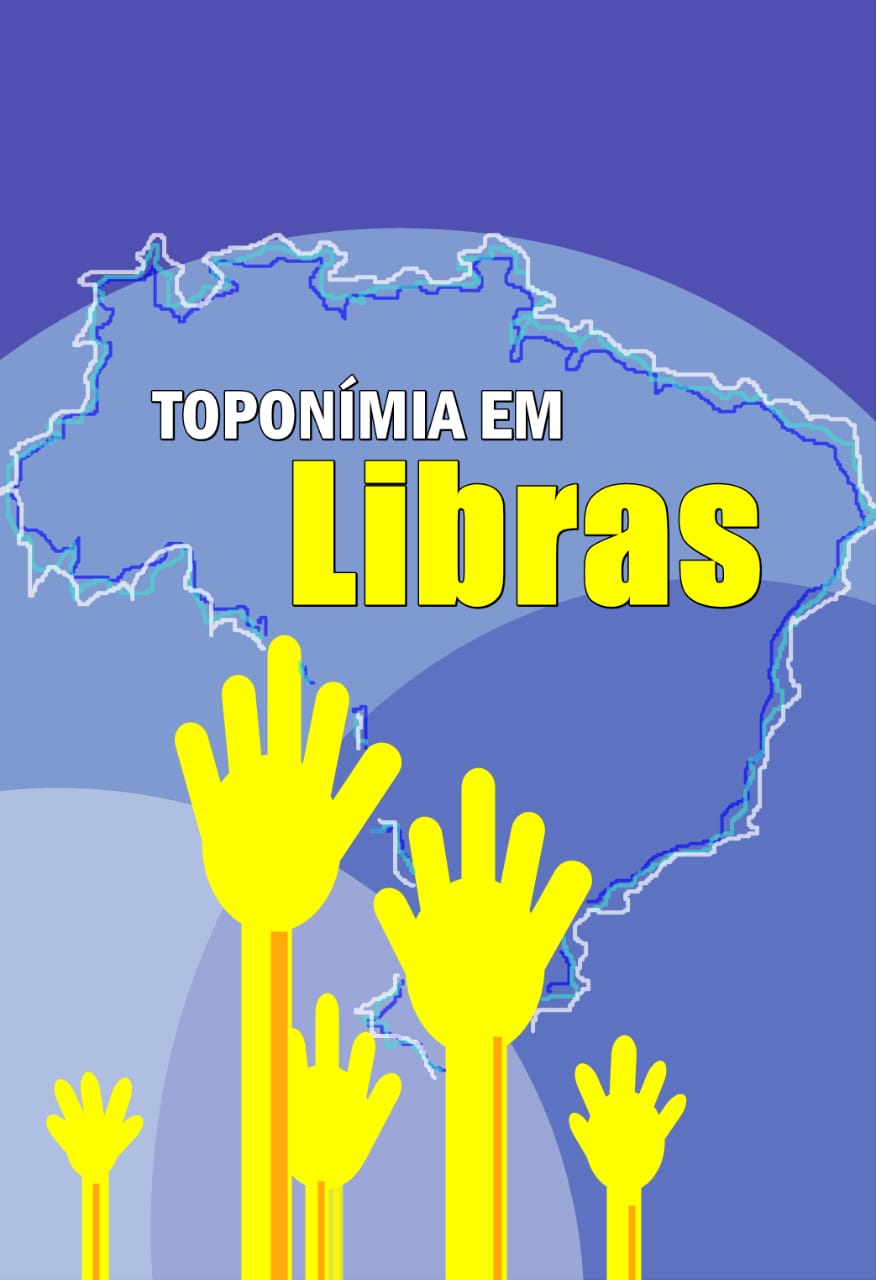AQUISIÇÃO DE LINGUAGEM E APRENDIZADO DE LÍNGUA ESTRANGEIRA
Abstract
To apprehend the perception assumed by the Letters course as well as the teacher training, it is essential to recognize the instrument that is versed in it: language. This article aims to assimilate the process of language acquisition, both the Mother Tongue and a second language. Therefore, the following question is proposed: how does language acquisition take place, whether it is a first or second language and its importance for language teaching? Thus, considerations will be proposed on how the language acquisition process takes place and the conception that children find it easier to learn a second language. In addition, some problems faced in teaching and learning the English language in Brazil will be discussed. Among the authors that support this article are: Vygotsky (1989), Chomsky (1986), KRASHEN & Martohardjono (1999), Hitotuzi (2007) and other bookishs.
References
BRASIL. Parâmetros Curriculares Nacionais. Brasília: MEC/SEF, 1998.
CELANI, M. A. A. Transdisciplinaridadena Lingüística Aplicada no Brasil. In I. Signorini, & M. Cavalcanti, (Orgs.), Lingüística Aplicada e Transdisciplinaridade. Campinas: Mercado de Letras, 1998.
CHOMSKY, N. Knowledge of Language: its origin, nature and use. New York: Praeger, 1986.
CRYSTAL, David. English as a global language. Cambridge: Cambridge University Press, 2002.
ELLIS, Rod. Second language acquisition. Oxford: Oxford, 1997.
FERNÁNDEZ, E. Processing strategies in second language acquisition: Somepreliminary results. In: KLEIN, E. & MARTOHARDJONO, G. (Eds.)The developmentof second language grammars: A generative approach. Amsterdam: John Benjamins,1999.
FLYNN, S. & MARTOHARDJONO, G. Mapping from the initial state to the final state: The separation of universal principles and language specific properties. In: LUST, B. et al. (Eds.) Syntactic theory and first language acquisition: Crosslinguistic perspectives: Vol.1 Phrase structure. Hillsdale, NJ: Erlbaum, 1994.
GALEFFI, D. A. (2003). Teorias de aprendizagem de segunda língua. Adap.: CASIMIRO, E. R. (2019). Disponível em: <https://www.maxwell.vrac.puc-rio.br/13424/13424_4.PDF> Acesso em: 21 jul. 2019.
GARCEZ, P. M. 2008. Educação linguística como conceito para a formação de profissionais de Língua Estrangeira. In: L. MASELLO (org.), Portugués lengua segunda y extranjera en Uruguay: Actas del Primeiro Encontro de Português Língua Estrangeira do Uruguai. Montevidéu, Faculdad de Humanidades y Ciencias de la Educación/Comisión Sectorial de Investigación Científica.
GRÉGIS, R. A. A importância dos estudos sobre a gramática universal nas pesquisas em aquisição de segunda língua. Salvador, 2016. Disponível em: <https://portalseer.ufba.br/index.php/estudos/article/view/16052>. Acesso em: 18 nov. 2019.
HITOTUZI, Nilton Varela. Drama – Processo: Motivação para aprendizagem de Língua Estrangeira na zona rural do interior do Estado do Amazonas. In: Revista eletrônica Aboré, Manaus, 2007. Disponível em: <http://www.revistas.uea.edu.br/old/abore/artigos/artigos_3/Nilton%20Varela%20Hitotuzi.pdf>. Acesso em 11 jun. 2014.
KLEIN, E. & MARTOHARDJONO, G. Investigating second language grammars: Some conceptual and methodological issues in generative SLA research. In: KLEIN, E. & MARTOHARDJONO, G. (Eds.) The development of second language grammars: A generative approach. Amsterdam: John Benjamins, 1999.
KRASHEN, S. D. Explorations in Language Acquisition and Use: The Taipei Lectures. Portsmouth, NH: Heinemann, 2003.
_________, S. D. The Input Hypothesis: issues and implications. 4.ed. New York, Longman, 1985
LIGHTBOWN, Patsy M.; SPADA, Nina. How languages are learned. Oxford: Oxford, 1998.
MOITA LOPES, L.P. (Org.). O português no século XXI: Cenário geopolítico e sociolinguístico. São Paulo: Parábola, 2013.
PENFIELD, W. e ROBERTS, L. Speech and brain mechanisms. Princeton: Princeton University Press, 1959.
RAJAGOPALAN, Kanavillil. Por uma linguística crítica: linguagem, identidade e a questão ética. São Paulo: Parábola Editorial, 2003.
_______________, K. The concept of ‘World English’ and its implica- tions for ELT. In: ELT Journal. Oxford University Press. Vol. 58/2, 2004.
RICHARDS, J. C. Communicative Language Teaching Today. New York: Cambrdge University Press, 2006.
SANTOS, Sandra. A Gramática Gerativa. Disponível em: <https://poslingualinguistica2011portela.webnode.com.br/aspectos-teoricos-dalinguistica/principais-aspectos-do-gerativismo/> Acesso em: 16 out. 2019.
SEIDLHOFER, B. Understanding English as a lingua franca. Oxford: Oxford University Press, 2011.
SEMECHECHEM, Jakeline Aparecida (UEM/UENP). Linguagem em (Re)vista, vol. 11, n. 22. Niterói, jul./dez. 2016 Disponível em: http://www.filologia.org.br/linguagememrevista/22/05.pdf Acesso em: 12 jun. 2020.
SKINNER, B. F. (1957) Verbal Behavior. Cambridge, MA: B. F. Skinner Foundation.
VASCONLELOS, E. D. de. Filogética e Ontogenética em Vygotsky. Disponível em: https://www.recantodasletras.com.br/artigos-de-cultura/5386893 acesso em 22 nov. 2019
VERGARA, Mairo. Input: a chave para o aprendizado do inglês. Disponível em: <https://www.mairovergara.com/input-a-chave-para-o-aprendizado-do-ingles/> Acesso em: 21 nov. 2019
VERTOVEC, Steven. Super-diversity and its implications. Ethnic and Racial Studies, vol. 30, n. 6, p. 1024-1054, 2010. Disponível em: https://www.tandfonline.com/doi/abs/10.1080/01419870701599465. Acesso em: 12 jun. 2020.
VIAN JR, O. A língua inglesa e seu papel na formação do cidadão global. In: CAMARGO, F. P.; VIEIRA, M. M.; FONSECA, V. N. S. (Orgs.) Perspectivas críticas e epistemológicas para o ensino de língua adicional e materna na contemporaneidade. São Paulo: Fonte Editorial, 2015, p.54.
VYGOTSKY, L.S. Pensamento e linguagem. São Paulo: Martins Fontes,1989.
Downloads
Published
How to Cite
Issue
Section
License
Os autores concordam com os termos da Declaração de Direito Autoral, que se aplicará a esta submissão caso seja publicada nesta revista (comentários ao editor podem ser incluídos a seguir).

